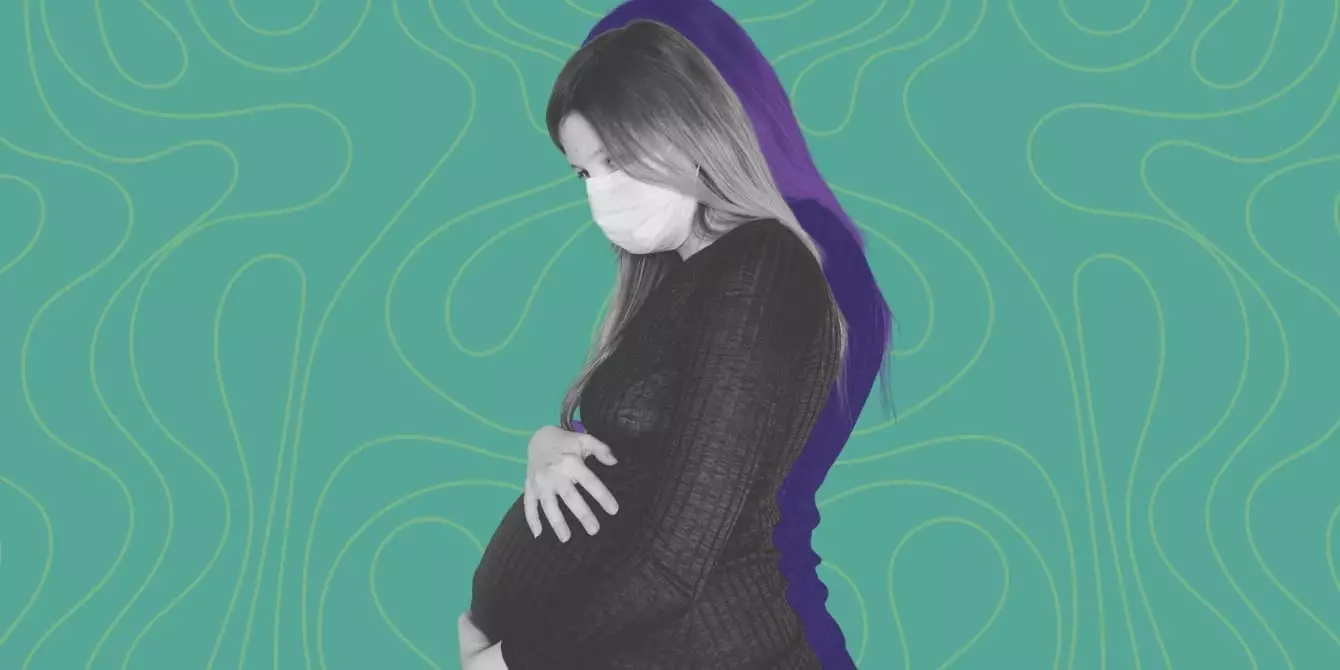Recent investigative efforts in neurological science have unveiled a potential and concerning relationship between air pollution and autism spectrum disorder (ASD). A study published in the prestigious journal Brain Medicine has placed emphasis on how certain pollutants, particularly those emanating from automobile emissions, could disrupt fetal brain development during critical growth periods. This study adds itself to a continuous stream of research aimed at uncovering the multifaceted origins of autism and emphasizes an alarming consideration: prenatal exposure to environmental toxins could play a pivotal role in the development of autism.
Professor Haitham Amal, one of the principal authors of the research, highlighted the significance of the timing of toxin exposure. He stated, “Different kinds of neurological disorders, including autism spectrum disorder, can be associated with [pollutants]. The timing of exposure appears crucial, with heightened vulnerability during prenatal development.” This emphasis on the duration and timing of exposure suggests that efforts to reduce air pollution should be integrated into public health strategies aimed at protecting developing fetuses from neurodevelopmental disorders.
The etiology of autism is notoriously intricate, characterized by a combination of genetic predispositions and environmental influences. Statistics suggest that genetic factors contribute to approximately 80% of autism cases, reinforcing the narrative that while heredity plays a significant role, external environmental stimuli cannot be overlooked. The study in question bolsters the argument that the landscape of autism risk is further complicated by environmental pollutants that can traverse the placenta, directly impacting fetal brain growth.
Researchers have documented the mechanisms by which pollutants like particulate matter—specifically PM2.5 and PM10—can impede developmental trajectories. These minute particles can infiltrate not just the respiratory system but can also enter the bloodstream, potentially catalyzing developmental issues during sensitive phases of early childhood growth. Dr. Andy Shih, a chief science officer for Autism Speaks, articulates the necessity of blending genetic and environmental theories for comprehensive understanding, stating that, “In terms of causation, research suggests that autism develops from a combination of genetic and nongenetic, or environmental, influences.”
Despite the promising findings, the study’s authors, alongside experts in the field, note the imperative need for further investigative efforts. As Dr. Shih indicates, the associations identified between air pollution and autism warrant deeper epidemiological and toxicological analyses to elucidate potential causal relationships effectively. Establishing a clear causative link may refine our understanding of the implications of air quality on the development of autism and guide future medical and public health responses.
The American Academy of Pediatrics has long indicated the adverse effects of air pollution on children, revealing associations with a spectrum of pediatric health issues, including unfavorable birth outcomes and cognitive impairments. In a world increasingly beset by environmental challenges, the message is clear: air quality must be prioritized in policy-making. Effective initiatives designed to combat pollution can span from clean air legislation to community empowerment for awareness and change.
For parents and those planning to start a family, the information emerging from this research can be understandably overwhelming. Living in an environment laden with pollutants can evoke a sense of anxiety surrounding the health and well-being of future generations. While strategies aimed at addressing these pressing environmental issues will take time, parents are encouraged to take proactive measures. Simple actions, ranging from minimizing exposure to high-traffic areas to investing in indoor air purifiers, can create a more conducive environment for fetal and childhood development.
Moreover, community participation in advocacy efforts, such as supporting clean air policies, plays a critical role in fostering a healthier environment. It’s through collective action that we can strive towards healthier futures for all children, emphasizing that environmental factors are not merely incidental but integral to understanding autism and other developmental disorders.
As researchers continue their quest to ascertain the links between air pollution and autism, one lesson remains clear: the intersection of genetics and environmental health is a vital frontier in understanding autism. The urgency of safeguarding clean air cannot be overstated; while the journey towards resolving these environmental and health crises is ongoing, it envelops a broader vision of nurturing healthier, resilient generations. By implementing protective measures and advocating for systemic changes, parents and communities can engage in the critical work of building a foundation for healthier futures, where the specter of air pollution is no longer a risk factor for developmental disorders like autism. Through informed choices and collective strides towards clean air, we can collectively shape a better tomorrow.

